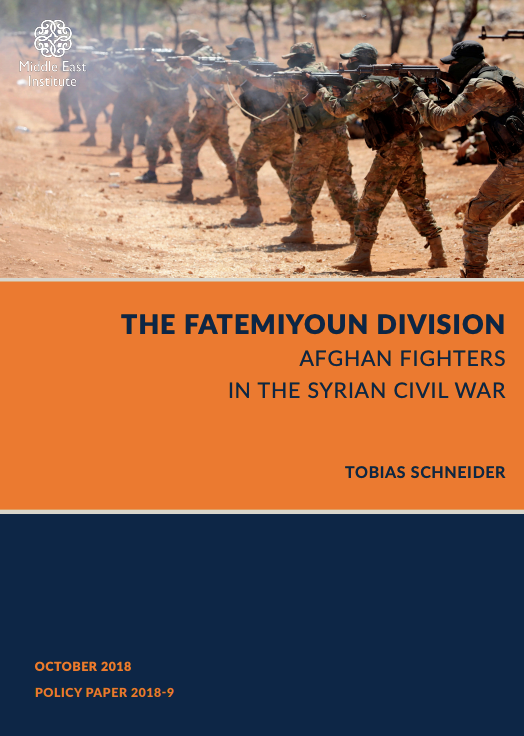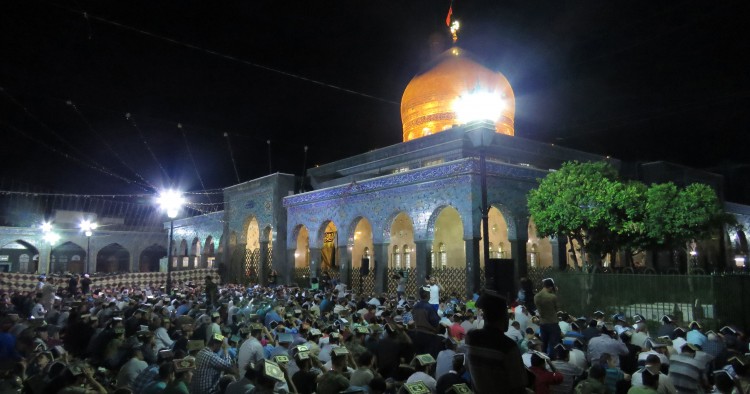Summary
Originally styled as a small detachment of volunteers and refugees mobilized to defend the shrine of Sayyeda Zeinab outside Damascus, the Fatemiyoun formation’s size and presence across Syria has slowly expanded throughout the war. At home, the IRGC began cultivating a narrative of Afghan “resistance” to transnational Sunni jihadism. Joining the Syrian jihad was increasingly promoted as a path to legal and social recognition within the Islamic Republic at a time when thousands of desperate young Hazaras were setting out to emigrate to Europe.
This paper analyzes the origins and expansion of the Fatemiyoun Division, its recent role in the Syrian civil war, and the impact its Syrian jihad has had on the Hazara community in Iran as well as transnational militancy in Afghanistan.
As the Syrian conflict winds down, the future of the Fatemiyoun as a fighting force remains unclear. But even if the formation were to be disbanded, the networks, narratives, and capabilities developed in Syria could help the IRGC raise a similar formation again in the future.
Key Points

- The Fatemiyoun Division is an Iranian-led Shi‘i militia active in Syria composed primarily of ethnic Hazara residents in Iran. Founded in the early 1980s by Afghan devotees of Ayatollah Khomeini, the division and its precursors have fought in the Iran-Iraq War and Afghan civil war before recently re-emerging as part of the Islamic Revolutionary Guard Corps’ expeditionary force in Syria.
- Recruited from among Iran’s large and disenfranchised Afghan refugee population, potential fighters are often enticed to sign up with promises of generous pay, legal residency, and social status upon return. Others report being coerced into joining with threats of arrest and deportation.
- Survivor accounts suggest Fatemiyoun fighters are often mentally and tactically unprepared for combat, leading to outsized casualty rates, as the division is deployed along the most dangerous front lines, operating heavy weapons such as tanks and artillery.
- The Afghan government has outlawed the group at home due to concerns of spillover effects, but evidence suggests clandestine IRGC recruitment continues.
The Middle East Institute (MEI) is an independent, non-partisan, non-for-profit, educational organization. It does not engage in advocacy and its scholars’ opinions are their own. MEI welcomes financial donations, but retains sole editorial control over its work and its publications reflect only the authors’ views. For a listing of MEI donors, please click here.












